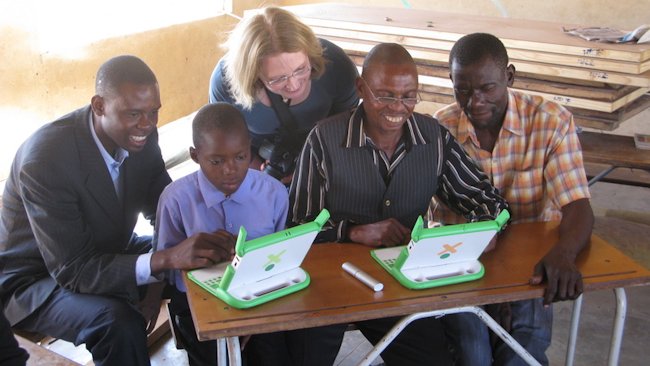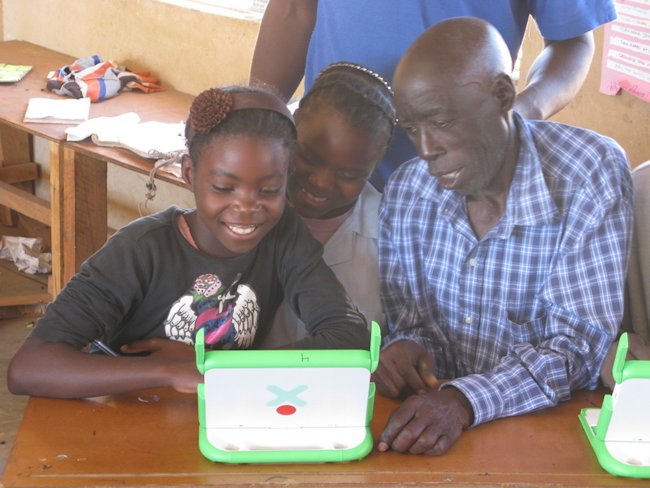from the original post at the Miami Herald
…Q. Why are you starting a robotics program for kids?
A. At MAKO, we had over 100 engineers and were doing all these H1 Visas. It didn’t make sense to me why there weren’t more American engineers coming out from the education system that can contribute directly. I started working with a lot of the schools and universities here. For the United States to continue to be strong, we need more engineers to innovate. The data were showing where you can have the largest impact on influencing directionally is to get more middle school students excited about engineering. We’ve supported various efforts over the last five years in inner-city schools. It has been rewarding, but I felt we weren’t moving fast enough and struggled with how to measure success and how to scale. So this year we took on a different approach.
We brought in experts in various disciplines and embarked on a one-year pilot to take the concept to the next level. So we put together a really unique curriculum where we brought in a Stanford University professor, Ken Salisbury, and the kids got a virtual tour of one of the best biorobotics labs in the world. We had them build robotic arms, similar to what we did at MAKO, and we had a whole curriculum around anatomy and physiology. Once they built it, we showed them how these are being used, we brought them to Larkin Hospital, where they met a renowned orthopedic surgeon, Dr. Carlos Lavernia. They saw how the robotics arms were being used in medicine. We brought them to the Stryker-MAKO facility, where they met engineers, including engineers that came out of their neighborhoods and are great role models. What really got them excited was a visit from One Laptop Per Child’s CEO Rodrigo Arboleda. His research has shown that when you give a laptop, the logical thing to do is build things on it, and the process develops kids’ creative thinking.
Now we are looking at how we can implement this within schools starting in South Florida. We are bringing into the process art and creativity, we had Pharrell talk to these kids. We are going to follow and mentor these 20 kids for the next few years and bring in more kids. We’ll see where this goes, but we are very excited about it. We had a staff of 15 people working on this project over the summer with all the right disciplines in place.








